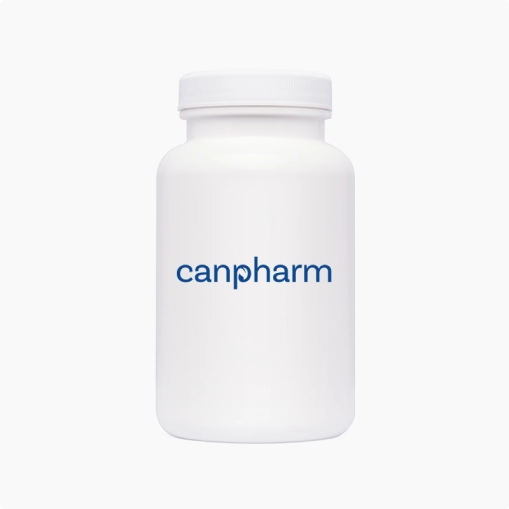
Epinephrine Lifeshield
Out of stock
We will notify you as soon as it becomes available.
-
Description
-
Related Products
-
Related Conditions
Epinephrine injection is used to treat severe allergic reactions (anaphylaxis) to insect stings or bites, foods, drugs, and other allergens. Epinephrine auto-injectors may be kept on hand for self-injection by a person with a history of severe allergic reaction. Epinephrine is also used to treat exercise-induced anaphylaxis, or to treat low blood pressure that is caused by septic shock.
Directions
Follow all directions on your prescription label and read all medication guides or instruction sheets. Use the medicine exactly as directed. Epinephrine is injected into the skin or muscle of your outer thigh. In an emergency, this injection can be given through your clothing. This medicine may come with a "trainer pen." The trainer pen contains no medicine and no needle. It is only for non-emergency use to practice giving yourself an epinephrine injection. Read and follow all Instructions for Use. Ask your doctor or pharmacist if you need help. Do not give this medicine to a child without medical advice. The auto-injector device is a disposable single-use system. Use an auto-injector only one time. Do not try to reinsert an auto-injector a second time. If the needle is bent from the first use, it may cause serious injury to your skin. Seek emergency medical attention after any use of epinephrine. The effects of epinephrine may wear off after 10 or 20 minutes. You will need to receive further treatment and observation. Also seek emergency medical attention if you accidentally inject yourself while giving epinephrine to another person. Store at room temperature away from moisture, heat, and light. Do not refrigerate or freeze this medicine, and do not store it in a car. Do not use epinephrine injection if it has changed colors or has particles in it. Do not use if the expiration date on the label has passed. Call your pharmacist for a new prescription. Do not reuse a needle or syringe. Place them in a puncture-proof "sharps" container and dispose of it following state or local laws. Keep out of the reach of children and pets.
Cautions
Seek emergency medical attention after any use of epinephrine to treat a severe allergic reaction. After the injection you will need to receive further treatment and observation. Before using epinephrine, tell your doctor if any past use of epinephrine injection caused an allergic reaction to get worse. Tell your doctor if you have ever had: heart disease or high blood pressure; asthma; Parkinson's disease; depression or mental illness; a thyroid disorder; or diabetes.
Side Effects
Before using epinephrine, tell your doctor if any past use of epinephrine injection caused an allergic reaction to get worse. Call your doctor at once if you notice pain, swelling, warmth, redness, or other signs of infection around the area where you gave an injection. Side effects may be more likely in older adults. Common side effects of epinephrine injection may include: breathing problems; fast, irregular, or pounding heartbeats; pale skin, sweating; nausea and vomiting; dizziness; weakness or tremors; headache; or feeling restless, fearful, nervous, anxious, or excited. This is not a complete list of side effects and others may occur. Call your doctor for medical advice about side effects. You may report side effects to FDA at 1-800-FDA-1088.
